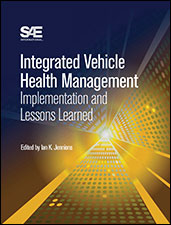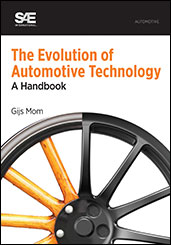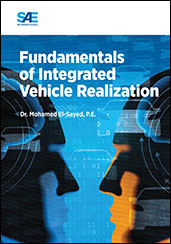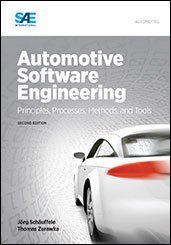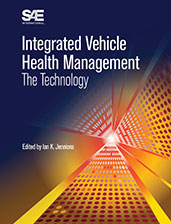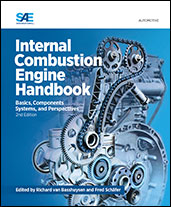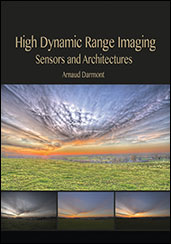Book
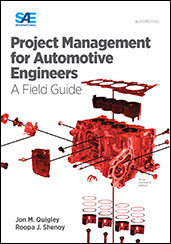
Project Management for Automotive Engineers: A Field Guide
2016-09-01
Project Management for Automotive Engineers: A Field Guide was developed to help automotive engineers be better project managers as automotive projects involve suppliers dispersed across the globe, and can often span multiple years. Project scope change is common, and so too are the budget constraints and tight deadlines. This book is an excellent guide on how to manage continuous change. As project management in this particular industry is intrinsically linked to product development, the chapters focus on the project management aspects that are significant during the various stages of a product development cycle, including business case evaluation, process development cycle, test phases, production ramp up at the plant and at the Tier 1 supplier level, and how to work within a matrix-structured organization. The principles of value projects and how to revive failing projects are discussed.
